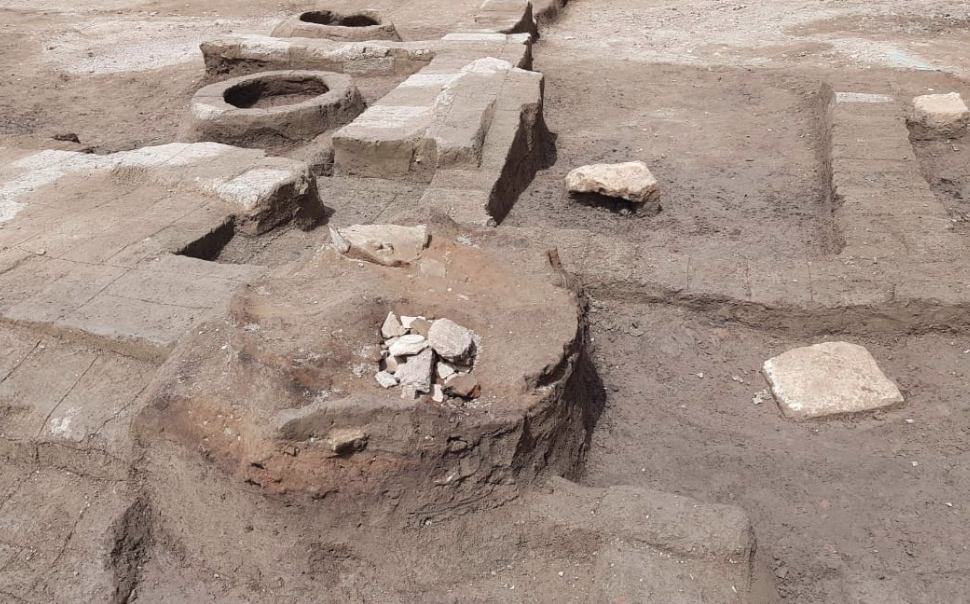Archaeologists working in Cairo have uncovered remains of ancient buildings and a haul of artifacts thousands of years old.

Egypt’s Ministry of Antiquities said in a statement released Sunday that a joint German and Egyptian excavation team had recovered relics and the remnants of a temple and other structures at a site dating back to between the 6th and 2nd centuries B.C.
The excavation area, known as Area 251 on Mutasim Street in Cairo’s al-Matareya neighborhood, was found to contain remnants of a temple to Nakhtenbo I—a ruler from Egyptian antiquity—as well as royal statues believed to be far older.
The statues date back to Egypt’s 18th Dynasty. That was the first dynastic period of Egypt’s New Kingdom, when the ancient civilization reached its apotheosis. The era spanned from 1549 to 1292 B.C., making the statues at least 3,300 years old.
The head of Egypt’s Ministry for Antiquities, Ayman Ashmawy, revealed that several other features, including carved limestone blocks and a structure from the Ptolemaic period (beginning in 305 B.C.), that housed ovens for making bread, were also recovered. The Ptolemaic period was ushered in following the death of Alexander the Great in 323 B.C. and ended with the Roman conquest in 30 B.C. and the death of Cleopatra.
Within the temple area recovered in Cairo, German archaeologists reported finding a number of basalt tablets bearing inscriptions and a limestone structure that may indicate the presence of an older temple at the site dating back to the era of King Merneptah. Merneptah, the fourth pharaoh of Egypt’s Nineteenth Dynasty, ruled for ten years, dying in 1203 B.C. according to historical records.
On the southwestern side of the excavation site, the archaeologists uncovered a thick brick wall covered in a layer of white mortar. Within the wall they found a number of engraved stones, one of which was made from quartz. Considered the most important of the engraved stones discovered at the site, the quartz artifact shows Pharaoh Amenhotep as a sphinx raising his hands upwards.
In recent years, Egypt’s Ministry of Antiquities has been working to publicize the ongoing archaeology work in the country in a bid to attract tourism. Following Egypt’s 2011 revolution and the extended period of instability that followed, tourist numbers to the North African nation have dwindled.





